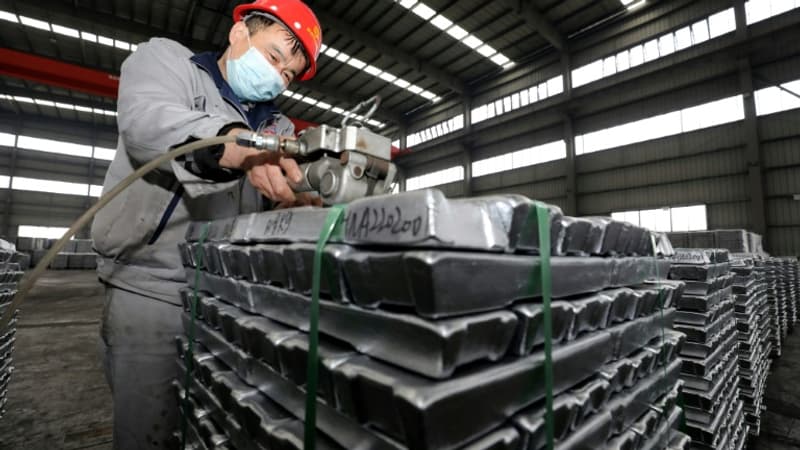Manufacturing activity in China fell for the second straight month in May, according to official data released on Wednesday, as the post-Covid recovery of the world’s second-largest economy appears more labored than expected.
The Purchasing Managers’ Index (PMI), a reflection of the health of the industrial world, stood at 48.8 points compared to 49.2 in April, announced the National Bureau of Statistics (BNS).
A figure above 50 indicates expansion in manufacturing activity and below indicates contraction. The PMI had hit 52.6 in February, its highest level in a decade, but has been falling ever since.
Analysts surveyed by the Bloomberg agency expected an expansion in May (49.5).
China lifted its anti-Covid restrictions in force for almost three years in December, which allowed its economy to rebound: in the first quarter, its gross domestic product (GDP) thus increased by 4.5% in one year.
multiple seizures
But the country faces several crises: an over-indebted real estate sector, declining consumer confidence and more global problems such as inflation, the threat of a widespread recession and geopolitical tensions with the United States.
“China’s manufacturing PMI remains low, indicating that the economic recovery faces challenges,” said economist Zhiwei Zhang of Pinpoint Asset Management.
“Domestic demand has weakened recently, partly due to the slowdown in the housing market and the second wave of Covid. External demand is not favorable either, so the United States faces a risk of recession,” he added, lamenting that there is ” no sign of an imminent political response” on this issue by the Chinese authorities.
The non-manufacturing activity indicator, which notably includes services, also fell to 54.5 from 56.4 in April.
The Chinese government has set a growth target for this year of around 5%, one of the lowest in decades. A goal that will not be “easy” to achieve, according to Prime Minister Li Qiang.
Source: BFM TV


